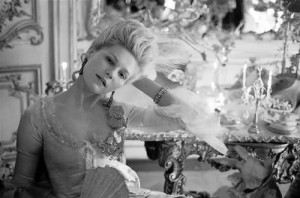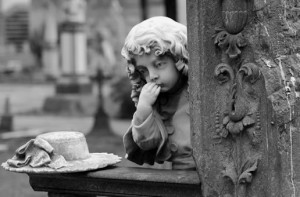The 02 November 1755 Marie Antoinette was born in Lorraine, wife of the King of France Louis XVI, known to history as one of the most capricious and frivolous Queens ever.
Marie Antoinette and her story still intrigue, as evidenced by receipts from the films of Coppola Marie Antoinette (2006), where the unbridled luxury and extravagance infinite are the main subjects.
Many curiosities and oddities in narrated films are not however entirely accurate and historically proven.
First, the most famous Queen of France was not fond of sweets and champagne, It states that Marie Antoinette was abstemious and a much more frugal than the husband; one of the favourite dishes of the first French woman was, In fact, cabbage soup.
Secondly, the famous phrase “If they have no more bread, Let them eat brioche!” that Marie Antoinette would have uttered about the starving people of Paris actually was never spoken. The origin of the phrase is uncertain: According to some historians it was uttered by a Lady of the wife of the Sun King, According to others, from one of the daughters of Louis XV. What is certain is that the unfortunate phrase was blamed for all the foreign sovereign arrived in France and was very in vogue even under the reign of Marie Antoinette.
Finally, in the movie space is reserved to the maternal qualities of Marie Antoinette. The Queen was a very present and loving mother; in the early years of marriage, When the couple couldn't have children of the heirs to the throne, the Queen adopted several children who had to live with her in court and educated as if they were real children.
The image that Marie Antoinette has left to posterity is that of a superficial and frivolous woman; the question we should ask, however, is whether this archetype of woman is not the result of an invention or if, most presumably, some characteristics of the young sovereign may have been magnified by detractors of the French monarchy.
The French monarchy she found her own term to coincide with the end of the ancien régime and the death of the Austrian woman, which took place on 21 September 1792.
Maria




